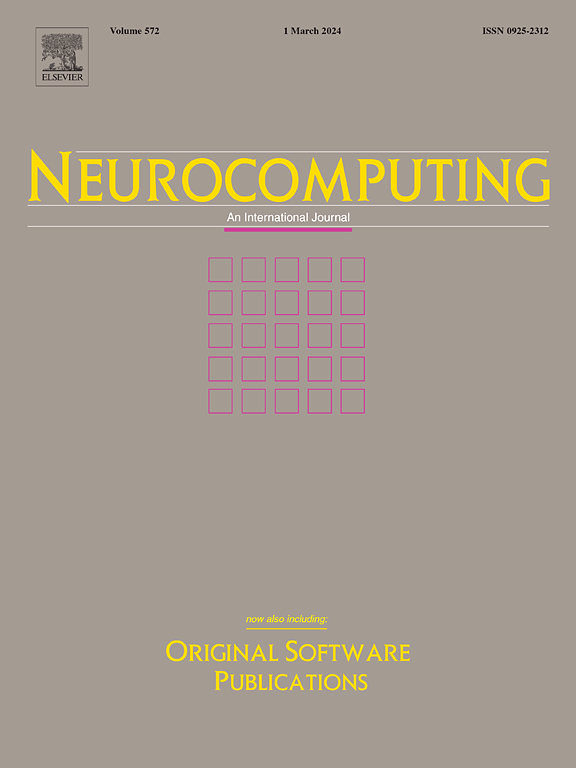DASC: Learning discriminative latent space for video clustering
IF 5.5
2区 计算机科学
Q1 COMPUTER SCIENCE, ARTIFICIAL INTELLIGENCE
引用次数: 0
Abstract
In recent years, significant advancements have been made in video analysis technologies. However, most existing methods are primarily designed for supervised learning, particularly in video classification. Accurately labeling video data is often time-consuming and labor-intensive, making large-scale annotation challenging. As a result, most of the available video data remain in an unsupervised or weakly supervised state. This situation underscores the urgent need to develop efficient methods for unsupervised video data analysis, with a particular emphasis on video clustering techniques, which can effectively alleviate the high cost and labor intensity of video data annotation by automatically grouping similar videos, thus reducing the reliance on manual labeling. This significantly enhances the efficiency and scalability of video analysis. In this paper, we propose a deep aggregation subspace clustering (DASC) network, designed to learn a video-level self-representation matrix in an end-to-end manner, without the need for any labeled data, thus operating in an unsupervised learning environment. Specifically, DASC consists of four main components: auto-encoder backbone, video modeling module (VMM), self-representation module (SrM) and feature recovered module (FRM). A frame-level latent space is first established by utilizing the auto-encoder backbone. Then, a video-level latent space is established by constructing the VMM. Next, the video-level self-representation matrix is learned in the latent space by using the SrM. Finally, the video-level latent feature will be restored to frame-level features using the FRM. Experimental results on multiple benchmark datasets demonstrate the effectiveness of the proposed method.
求助全文
约1分钟内获得全文
求助全文
来源期刊

Neurocomputing
工程技术-计算机:人工智能
CiteScore
13.10
自引率
10.00%
发文量
1382
审稿时长
70 days
期刊介绍:
Neurocomputing publishes articles describing recent fundamental contributions in the field of neurocomputing. Neurocomputing theory, practice and applications are the essential topics being covered.
 求助内容:
求助内容: 应助结果提醒方式:
应助结果提醒方式:


